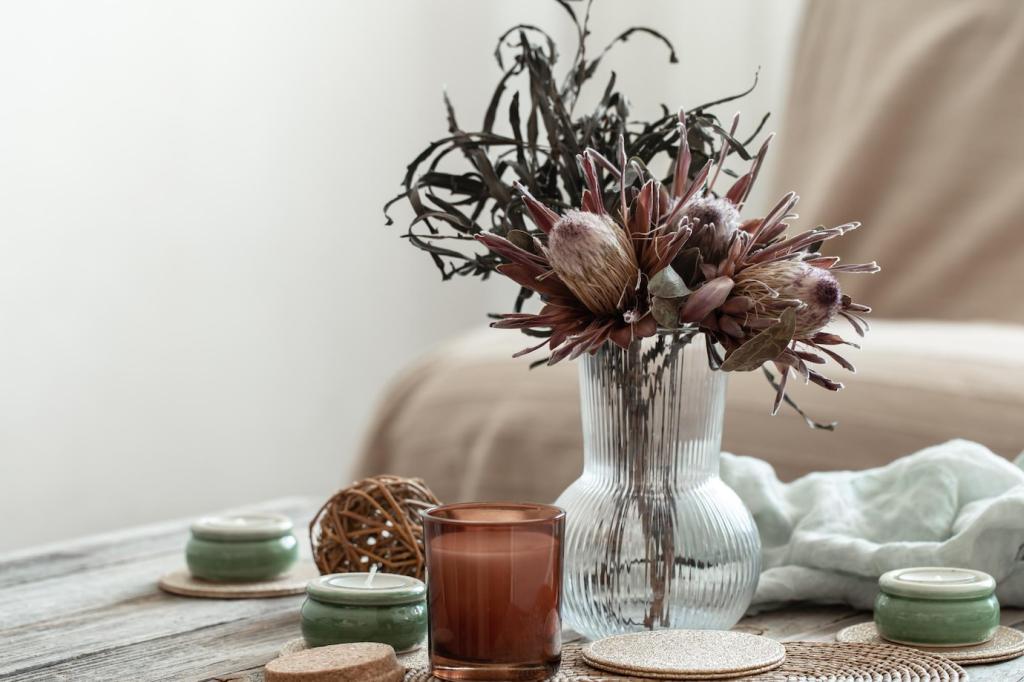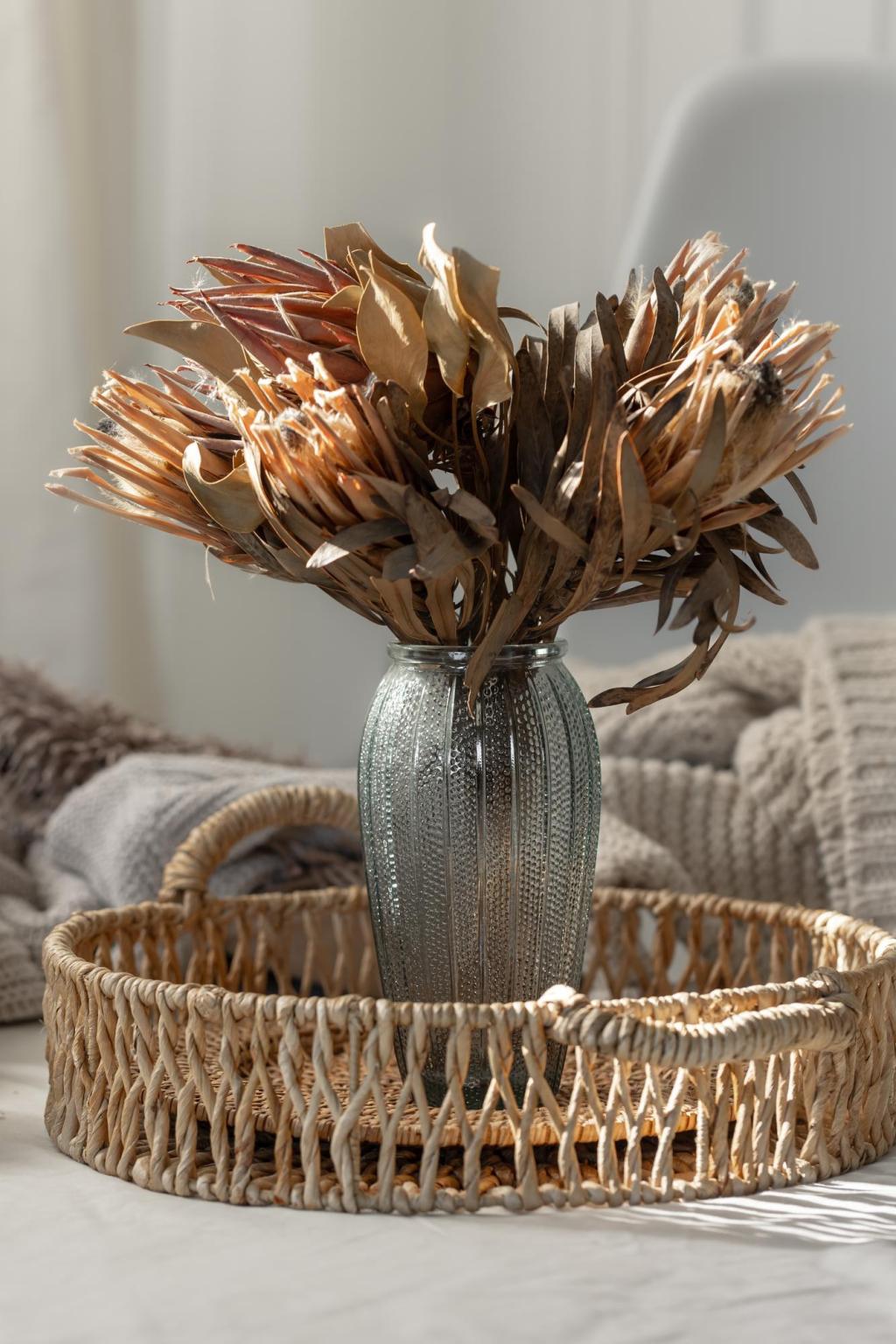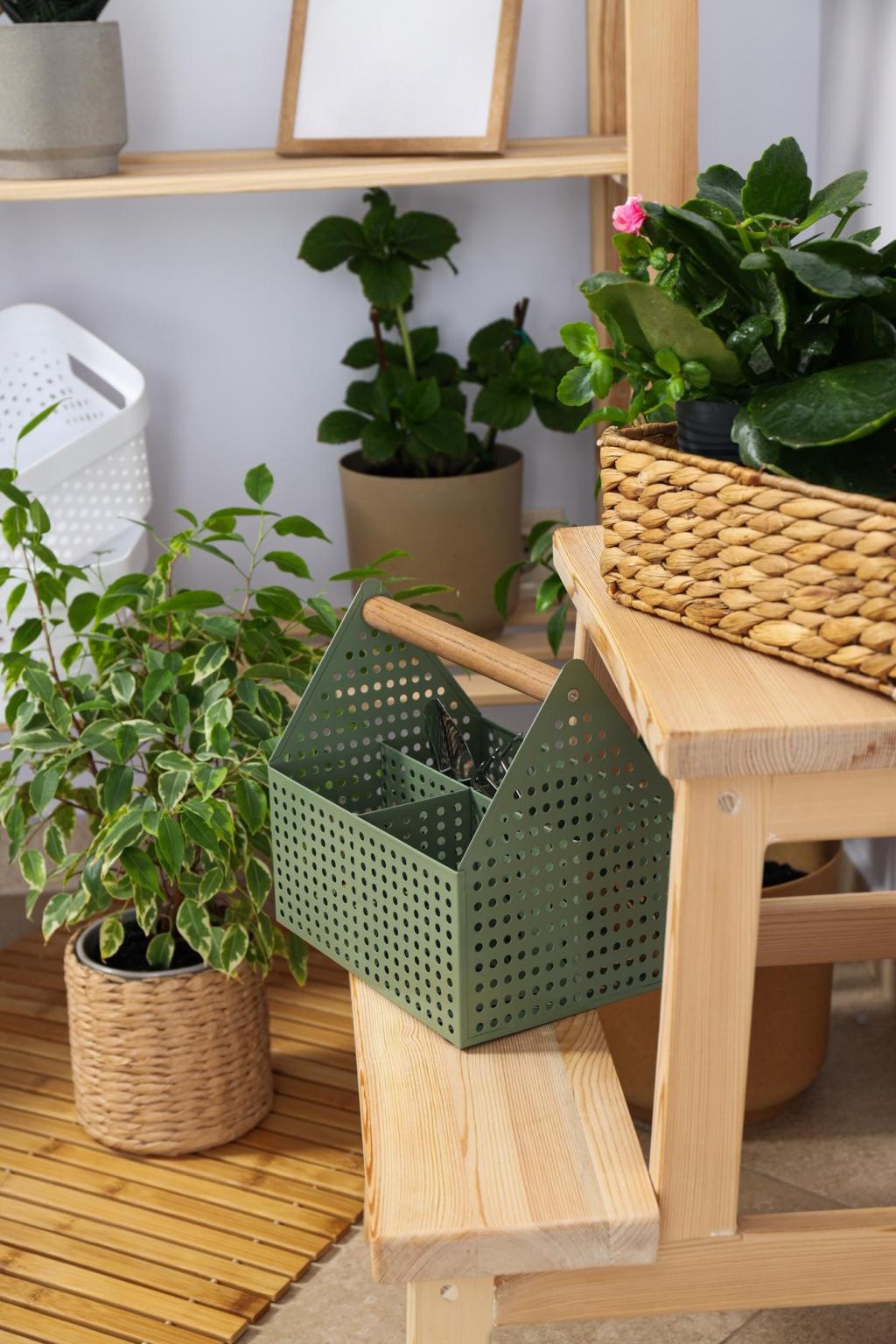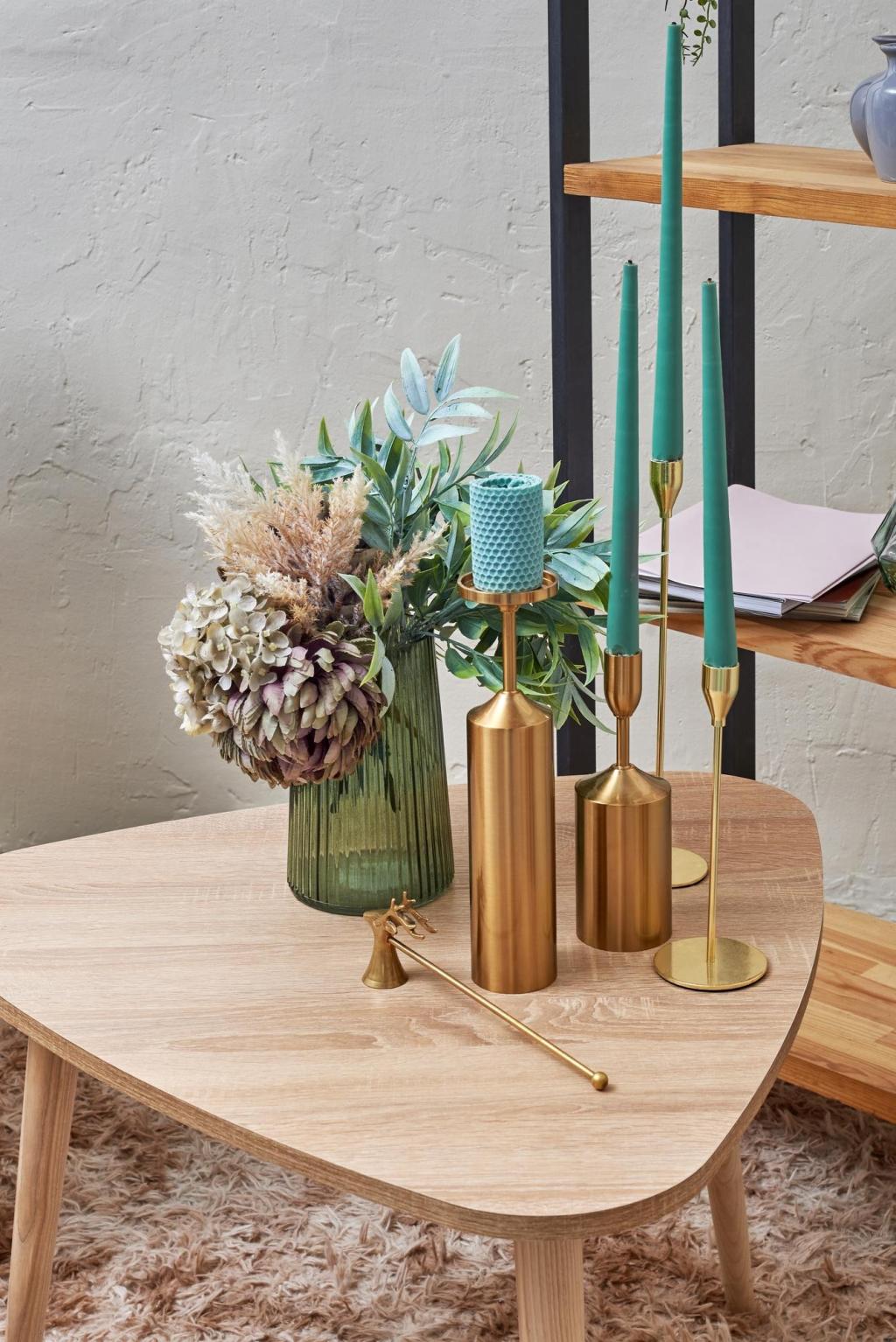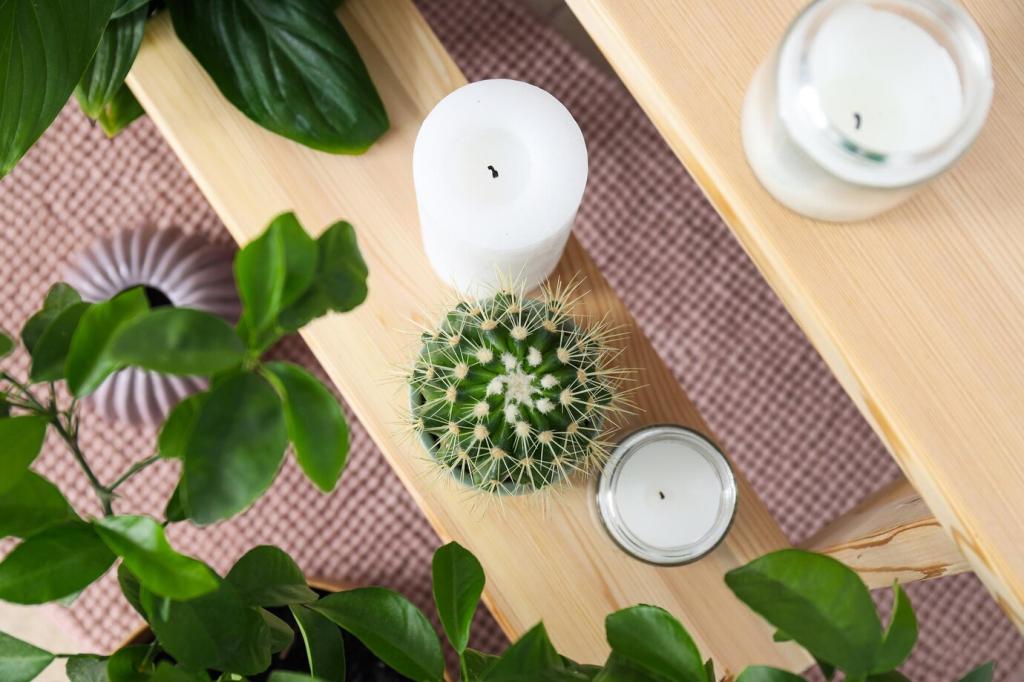Zero-Waste Starts with Design Intent
Zero-waste interiors prioritize refusing unnecessary items, reducing overall materials, reusing what exists, and designing for easy repair. Write your own principles, share them with housemates, and revisit them before any purchase or renovation decision.
Zero-Waste Starts with Design Intent
Instead of ditching a dated sofa, we rebuilt the frame’s loose corner, added a slipcover from fabric remnants, and upgraded cushions. The result felt new, saved money, and kept bulky furniture out of landfill.


